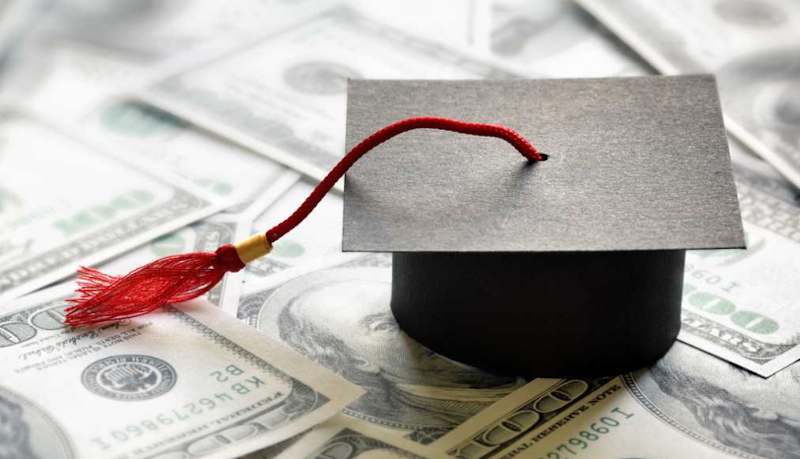When Democrats like Elizabeth Warren, Bernie Sanders and Marianne Williamson argue for tuition-free college and technical education, they make a valid point. Sanders and Williamson have correctly said that until the 1960s, some states had tuition-free colleges. Warren said she attended college for $50 per semester in the 1970s. Regardless of how one feels about these politicians, they’re not wrong on this: the United States should look to the 1950s, 1960s, and 1970s to reduce higher education costs.
While Sanders, Warren, and Williamson make these arguments when attempting to justify the federal government spending $75 billion per year on tuition-free public college, it raises an important question: why was college tuition so much cheaper back then? The progressive answer will likely be more government support. The percentage of state funding for public colleges has declined, especially during the 21st century. Other problems exist, including increased spending, demand, and federal involvement in higher education.
Nowadays, waste exists on college campuses that wasn’t there during the 1950s. The University of Michigan, for example, spends more than $18 million per year on diversity, equity, and inclusion staff salary and benefits. With about 62,735 students enrolled in the University of Michigan System, it equals more than $287 per student—or more than $1150 over four years.
That’s not to say DEI is the only reason college costs have risen in the last 60 years. Some politicians blame wokeness for problems, including the Silicon Valley Bank collapse. That’s often an oversimplification. However, in higher education, it’s a factor in increased costs, along with other increases to administrative staff.
Athletics is another area where costs have risen. Almost no college sports program in the country breaks even. The average Division 1 college sports program loses over $10 million annually. At some schools, athletics costs more than $1,000 per student per year, tacking at least $4000 onto the cost of a four-year degree.
The college athletic industry has grown over the decades. There were only about 600 college athletic programs in the NCAA in 1968. Now, there are over 1100. Not only were there fewer athletic departments, but they typically had fewer teams—meaning the departments were less expensive if they existed at all. Outside of costs endured by schools, economic factors also determine prices, including demand.
Credentialism has been a boon to the higher education industry. The mentality that everyone needs a college degree to be successful in life or a government-issued license to show competency in a job has fueled the demand for higher education. Although the job market has changed over the years, the country used to have more skills-based hiring. About 75 percent of American jobs in the 1970s required a high school diploma or less. Now, about 67 percent of jobs require some form of post-secondary education or training, according to a report from Georgetown University.
College attendance is also far more common than in the past. It matters because supply and demand are one factor in pricing. When demand is high, schools can charge more because they will receive customers regardless. Meanwhile, if the country had a lower demand for higher education, the onus would be on the colleges to attract students. A job market that valued skills over degrees could help fix that problem. If people felt they could earn a decent living with a high school degree, they’d be less likely to want to spend ridiculous amounts of money on college degrees.
The federal government wasn’t involved in the student loan business until 1965, and the federal government developed its Department of Education in 1979. In 2017, a student from the Federal Reserve Bank of New York found "that the average tuition increase associated with the expansion of student loans is as much as 60 cents per dollar," according to CATO Institute. Loans and increased government financial aid have not only made college more accessible, driving up demand, but they allow colleges to raise prices without any consequences. Who cares if a kid drops out and defaults on loan payments? The college gets paid regardless, so it sometimes lacks the incentive to provide a positive return on investment.

